|
|
In today’s digital-first world, businesses must implement a comprehensive digital marketing strategy that integrates multiple channels to maximize brand visibility, customer engagement, and revenue generation. While social media has become an essential component of digital marketing, businesses need to adopt a holistic approach that aligns all digital efforts—SEO, content marketing, paid advertising, email marketing, and analytics—into a cohesive strategy.
With the rapid evolution of digital platforms and consumer behavior, brands that rely on isolated marketing tactics often struggle to achieve consistent growth. Integrated digital marketing solutions ensure that every touchpoint in the customer journey is optimized for engagement and conversion. By combining social media with other digital marketing strategies, businesses can create a seamless, data-driven approach that delivers measurable results.
This article explores the best practices for integrated digital marketing, detailing how businesses can leverage social media within a broader marketing strategy. WiFi Digital, a leader in cutting-edge digital marketing solutions, provides the tools and expertise needed to help businesses execute an effective, integrated marketing plan that drives business success.
1. The Importance of an Integrated Digital Marketing Strategy
What is Integrated Digital Marketing?
Integrated digital marketing is a strategic approach that aligns multiple online marketing channels into a unified, consistent plan. Rather than using social media, email marketing, SEO, and paid advertising in isolation, an integrated approach ensures that all channels work together toward common business goals.
This strategy eliminates fragmentation and helps businesses create a cohesive brand presence across different platforms. A well-integrated digital marketing strategy allows businesses to:
- Maintain a consistent brand voice across all channels.
- Improve customer engagement through multiple touchpoints.
- Maximize marketing ROI by leveraging cross-channel insights.
- Enhance customer experience by providing a seamless digital journey.
Why Social Media Alone is Not Enough
While social media plays a crucial role in digital marketing, relying solely on social platforms can limit brand reach and conversion potential. Algorithms change frequently, affecting organic visibility, and businesses that depend only on social media may struggle to achieve long-term growth.
A fully integrated digital marketing approach ensures that businesses can:
- Drive organic traffic through SEO.
- Convert social media followers into loyal customers through email marketing.
- Enhance audience targeting with paid advertising.
- Measure campaign effectiveness using data analytics.
The Role of Social Media in an Integrated Strategy
Social media should serve as a central hub that connects all other digital marketing efforts. By aligning social media with SEO, content marketing, paid ads, and automation, businesses can create a powerful, results-driven digital ecosystem.
2. How to Integrate Social Media with Other Digital Marketing Channels
For an integrated digital marketing strategy to be successful, businesses must ensure seamless collaboration between social media and other marketing channels. Below are the key areas where integration is crucial:
1. Social Media and SEO
SEO and social media marketing are interconnected, and when aligned correctly, they amplify each other’s impact. Social media helps improve website traffic and search rankings by:
- Driving backlinks from high-authority social profiles.
- Increasing content visibility and encouraging organic shares.
- Enhancing brand searchability—the more a brand is mentioned, the stronger its SEO footprint.
To maximize SEO benefits, businesses should:
✅ Share blog content on social media to drive referral traffic.
✅ Optimize social media profiles with relevant keywords.
✅ Leverage YouTube SEO for video marketing.
2. Social Media and Content Marketing
Content marketing is the foundation of digital engagement. However, content alone doesn’t drive results—it needs strategic distribution across multiple platforms, including social media.
How to integrate content marketing with social media:
✅ Develop a content calendar that aligns with social media campaigns.
✅ Repurpose blog content into bite-sized social media posts.
✅ Utilize live videos and interactive content to engage audiences.
✅ Encourage user-generated content (UGC) to boost credibility.
3. Social Media and Paid Advertising
Organic reach on social platforms has declined, making paid social media advertising an essential component of digital marketing. By integrating paid ads with organic content, businesses can:
- Target specific audience segments based on behavior and interests.
- Retarget website visitors who engaged with previous content.
- Increase conversions by optimizing ad creatives and CTAs.
💡 Best practices for paid advertising on social media:
✅ Use lookalike audiences to expand reach.
✅ Test multiple ad creatives to determine what resonates best.
✅ Leverage A/B testing to refine ad performance.
4. Social Media and Email Marketing
Social media can generate leads, but email marketing nurtures and converts them. Integrating email marketing with social media allows businesses to:
- Collect emails through lead magnets and sign-up forms.
- Retarget email subscribers with personalized social media ads.
- Use email automation to follow up on social interactions.
📩 How to merge social media with email marketing:
✅ Include social sharing buttons in newsletters.
✅ Offer exclusive social media content to email subscribers.
✅ Use chatbots to collect email leads directly from social platforms.
3. Measuring the Success of an Integrated Digital Marketing Strategy
An effective digital marketing strategy requires continuous monitoring and optimization. Businesses need to track key performance indicators (KPIs) to measure success.
Key Metrics to Track:
📊 Website Traffic from Social Media – Measure how many users visit your site from social channels.
📊 Engagement Rate – Monitor likes, shares, and comments to assess audience interest.
📊 Lead Conversion Rate – Track how many social media leads convert into paying customers.
📊 ROI of Paid Campaigns – Evaluate the return on investment for social media advertising.
Using Data for Continuous Improvement
- Analyze campaign performance to identify high-performing content.
- Adjust strategies based on customer behavior insights.
- Use automation and AI tools to optimize targeting and engagement.
4. Overcoming Common Challenges in Digital Marketing Integration
1. Keeping a Consistent Brand Message
Solution: Develop brand guidelines that apply across all channels.
2. Managing Multiple Platforms Efficiently
Solution: Use social media management tools (e.g., Hootsuite, Sprout Social) to centralize efforts.
3. Aligning Marketing and Sales Teams
Solution: Implement CRM tools to track leads across platforms.
4. Adapting to Algorithm Changes
Solution: Stay updated with platform changes and adjust content strategies accordingly.
5. Future Trends in Integrated Digital Marketing
🔮 AI-Driven Automation – AI will play a larger role in personalized marketing and customer insights.
🔮 Voice Search Optimization – SEO strategies will evolve to accommodate voice-based queries.
🔮 Social Commerce Growth – Platforms like Instagram and TikTok will further integrate shopping features.
🔮 Metaverse Marketing – Brands will explore virtual spaces for immersive engagement.
An integrated digital marketing strategy that combines social media, SEO, content marketing, paid ads, and email marketing ensures sustainable growth and higher engagement. Businesses that leverage cross-channel marketing maximize their reach, optimize customer journeys, and increase ROI.
With WiFi Digital’s expert solutions, brands can develop and execute high-impact digital marketing campaigns that drive real business results. The time to integrate is now—transform your digital marketing strategy and stay ahead of the competition. 🚀
WiFi Digital: Connecting Businesses to the Digital Future
In today’s fast-paced world, where a strong digital presence is essential for business growth, WiFi Digital emerges as a strategic partner for small and medium-sized businesses (SMBs). Founded in 2023 and based in London, Ontario, the company has a clear mission: to provide affordable, high-quality solutions that help businesses thrive online. With an experienced and passionate team, WiFi Digital goes beyond simply creating websites and marketing strategies. Its purpose is to empower entrepreneurs, strengthen brands, and give clients more free time to focus on what truly matters – growing their business and improving their quality of life.
WiFi Digital develops websites that authentically and professionally represent your brand, optimizes systems and digital marketing strategies to enhance visibility and return on investment (ROI), and offers affordable, customized solutions, ensuring that businesses of all sizes have access to effective growth tools. With transparency, partnership, and innovation, the company provides each client with the necessary support to achieve real results.
Business digitalization is not just about numbers or metrics. It directly impacts entrepreneurs’ well-being, bringing more organization, efficiency, and freedom to focus on what truly matters. WiFi Digital understands that by investing in digital solutions, businesses gain time, reduce operational stress, and create opportunities to connect better with their customers. A well-structured online presence not only increases sales but also strengthens the public’s trust in the brand.
Beyond technical expertise, WiFi Digital’s key differentiator is its commitment to people. The company values genuine relationships, creates tailored strategies, and works side by side with clients to ensure that every solution meets their specific needs. If you’re looking to boost your brand, attract more customers, and still have more time to focus on what truly matters, now is the time to act!
💡 Transform your digital presence with experts who understand your needs.
📩 Contact us now: contact@wifidigital.ca
🌍 Learn more: www.wifidigital.ca
🚀 Your growth starts here!




